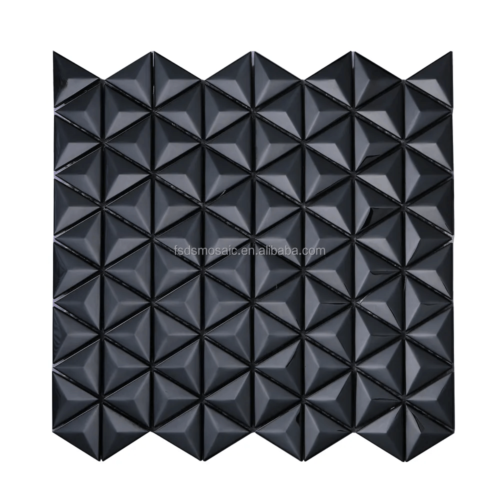In both art and architecture, mosaics have long stood as symbols of harmony created through fragmentation — an assemblage of varied pieces producing a unified whole. The concept of a “mental mosaic” captures a similar essence in the human experience: a complex pattern of thoughts, memories, emotions, and perceptions that shape the way we navigate the world. This metaphor becomes even more vivid when we consider the intricate designs of physical mosaics in everyday environments, particularly in spaces that nurture both creativity and reflection, such as kitchens and living areas.
A striking example of this interplay between mind and material can be found in the wall mosaic. Often used as a statement piece in residential and commercial interiors, a wall mosaic reflects more than aesthetic preference; it mirrors the structure of thought itself. Just as a mosaic is built from diverse tiles — ceramic, glass, stone — our cognitive processes emerge from interconnected ideas, experiences, and sensory impressions.

Take the kitchen backsplash mosaic, for instance. This functional and decorative feature protects surfaces while offering an artistic touchpoint within a utilitarian space. A kitchen is more than a place to prepare meals; it’s a setting for conversation, experimentation, and memory-making. The backsplash mosaic, therefore, becomes more than mere decoration — it becomes a focal point that reflects the mental clarity and organizational flow necessary in culinary tasks.
Designers are increasingly blending form with function by exploring materials that evoke both resilience and refinement. One particularly innovative approach is the use of a ceramic bottom with a mental top — a layered composition that brings durability and brilliance into a single, cohesive design. The ceramic foundation offers heat resistance and structure, while the mental (metal) overlay provides a sleek, contemporary finish that catches and reflects light, stimulating both visual interest and mental alertness. This combination not only enhances aesthetic appeal but symbolizes the duality of human thought: grounded in reality, yet capable of abstraction.

In this way, the home becomes a reflection of the mind — a literal and figurative mosaic. The surfaces we choose, the patterns we prefer, and the materials we embrace say something about our internal frameworks. The geometric rhythm of a wall mosaic might mirror a desire for order; the bold color palette of a kitchen backsplash mosaic may represent creativity or a zest for life.
Ultimately, embracing the mental mosaic means acknowledging the multifaceted nature of human thought and translating that understanding into our physical surroundings. Whether through a thoughtfully arranged backsplash or a ceramic-metal installation, the spaces we inhabit can inspire mindfulness, coherence, and beauty in our daily lives.
Just as no two mosaics are ever the same, neither are two minds. Yet both, when curated with intention and care, can become extraordinary works of art.














评价
There are no reviews yet.